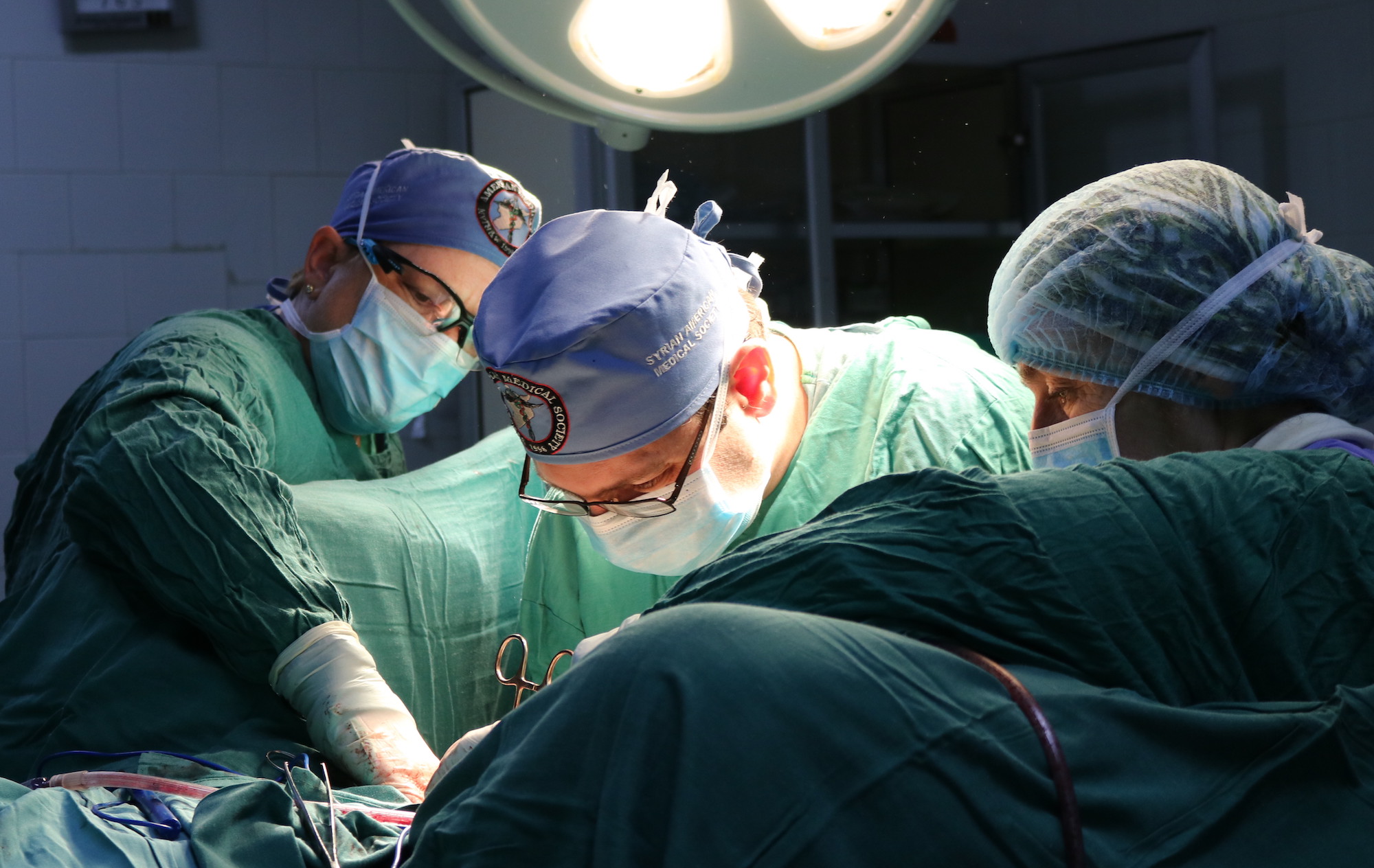Publications
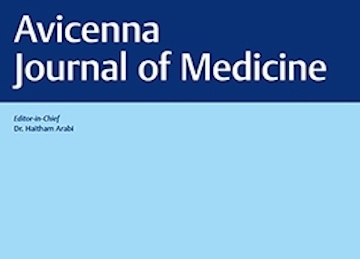
October 2023
Volume 13 | Issue 04
Page Nos. 193-252


April 2023
Volume 13 | Issue 02
Page Nos. 65-129

January 2023
Volume 13 | Issue 01
Page Nos. 1-64

April-June 2021
Volume 11 | Issue 02
Page Nos. 1-61

April-June 2021
Volume 11 | Issue 02
Page Nos. 1-61

January-March 2021
Volume 11 | Issue 01
Page Nos. 1-61

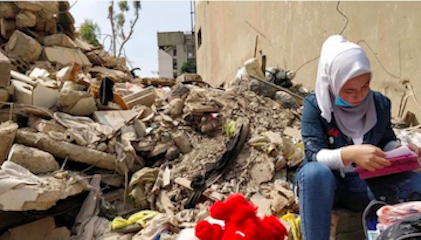
The port explosion in Beirut, Lebanon on 4th August 2020 has had devastating impacts on a population that was already facing a humanitarian crisis, socio-political turmoil after a severe economic downturn as well the impacts of the COVID-19 pandemic. Read the full article here.

July-September 2020
Volume 10 | Issue 3
Page Nos. 93-131


|


Aula Abbara, Diana Rayes, Ola Fahham, Omar Alrashid Alhiraki, Munzer Khalil, Abdulrahman Alomar, Ahmad Tarakji
Read the full article here.
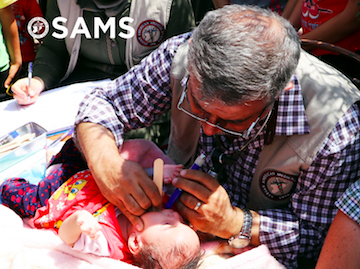
Critical Reflections on Forced Migration and Healthcare Challenges in Protracted Crises: Highlights from SAMS’ 19th International Conference in Berlin, Germany in June 2019.

Abbara A, Rayes D, Khalil M. Kewara M, Tarakji A, Humanitarian catastrophe for civilians in northwest Syria, Bmj-British Medical Journal, Vol:368, ISSN:1756-1833
Read the full paper here: https://www.bmj.com/content/368/bmj.m451

Aula Abbara, Diana Rayes, Maryam Omar, Ammar Zakaria, Faisal Shehadeh, Henriette Raddatz, Annabelle Böttcher, Ahmad Tarakji
Read full article here.
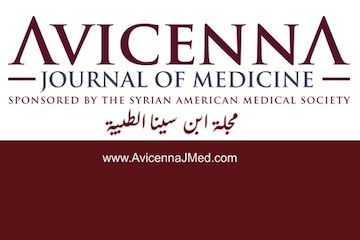
Ibrahim Almassri, Mohamed Sekkarie Data and Research Committee, Syrian American Medical Society, Washington, DC 20005, USA
You can access full article here.

Introduction: The Syrian refugee crisis, now in its 6th year, has displaced millions. Refugees depend on support from host nation governments and humanitarian organizations like the Syrian American Medical Society (SAMS). We describe the delivery of pediatric care during a SAMS short-term medical mission to a refugee camp in Northern Jordan. Methods: The medical mission team encompassed dozens of specialties. Teams visited many sites, including the Zaatari refugee camp near the Syrian border. For this study, we gathered quantitative data from one physician who provided pediatric care and anecdotes from multiple SAMS physicians who provided pediatric care in Zaatari during the same time period. The physician supplying the quantitative data recorded age, diagnoses, and prescriptions for each patient. Results: The physician saw an average of 69 patients per day. Many of these were children aged 0–4 years. At least one diagnosis was recorded for 73.9% of patients, and at least one prescription was recorded for 85.5% of patients. Discussion: Most presenting complaints involved acute infectious illnesses, but these seemed preventable and related to refugees’ living situations. Mental health assessment was difficult. Referrals proved important for evaluation and management of both acute and chronic conditions. For the short term, we emphasize the importance of effective liaison with refugee camp authorities and outside health-care organizations. For the long term, we recommend increased health-care infrastructure development and more emphasis on preventative care. Conclusion: With this study, we provide new quantitative and qualitative insights into pediatric care during a short-term medical mission to a Syrian refugee camp in Northern Jordan.
Read full article here.
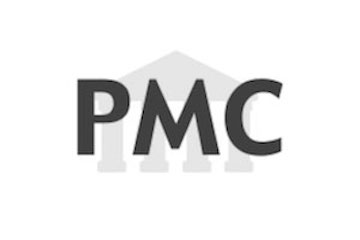
As Syria enters its fifth year of conflict, the number of civilians killed and injured continues to rise sharply. Along with this conflict comes the rapid decline of medical care, specifically cancer care. To determine physician and equipment availability, cancer screening and management, and possible solutions relative to various major cities, a survey was distributed to physicians inside Syria through the help of the humanitarian organization Syrian American Medical Society.
Read full article here.
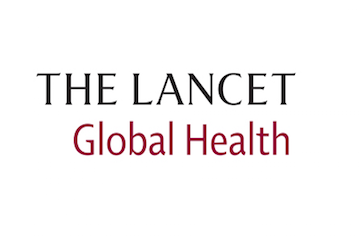
The use of teleradiology in war zones dates back to the wars of Afghanistan and Iraq.1 However, the practice of teleradiology during the Syrian crisis presents a new challenge to the international medical community given the repeated attacks on medical personnel and health-care facilities.

Nicholas Greig Evans and Mohamed A. Sekkarie.
Abstract
We describe ethical issues arising in the allocation of civilian medical resources during armed conflict. Three features are significant in the context of allocating scarce resources in armed conflicts: the distinction between continuous and binary medical resources; the risks of armed conflict itself, and the impact of cultural differences on cases of armed conflict. We use these factors to elicit a modified principle for allocating medical resources during armed conflict, using hemodialysis for patients with end-stage renal disease as a case study.
Read full article here.


